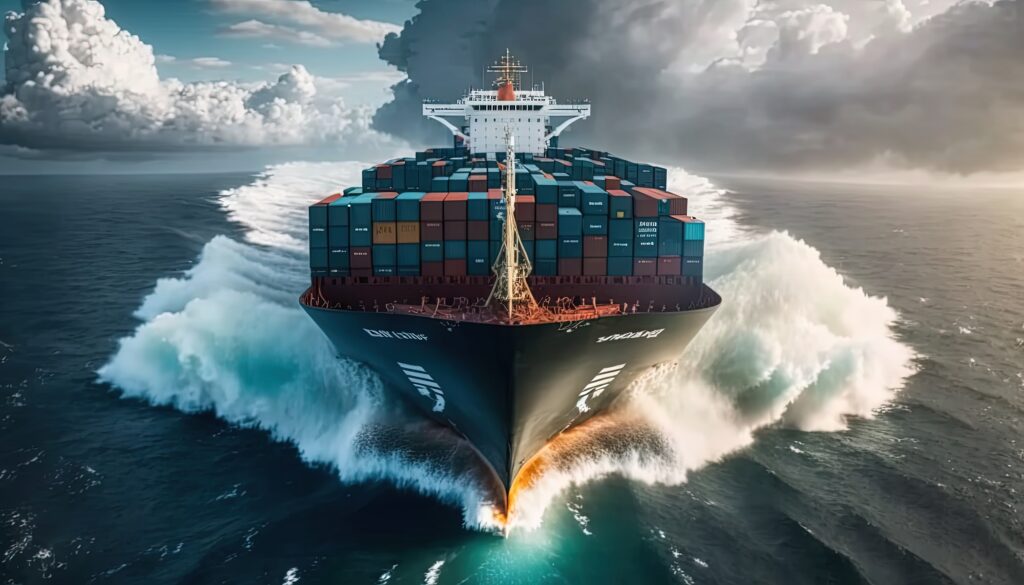Michael Rudolph of FreightWaves reports that the trade routes to the East Coast are struggling against the turmoil in the Red Sea conflict and in the Panama Canal, with the droughts, are causing a shift to the West Coast ports. Rudolph writes:
A recent round of U.S. and British strikes on Houthi targets in Yemen raise fresh questions about the impact of container shipping in the Red Sea, as shippers continue to seek alternative means of navigating the crisis.
The strikes, which were conducted on Saturday, spurred threats from Houthi leaders and a warning from Jake Sullivan, national security advisor to President Joe Biden, that any direct response by Iran — rather than through the Houthi rebels it backs — “would be met with a swift and forceful response from us.”
China-Europe rates dip from January’s peak
Container shipping fundamentals have tightened as trade continues to be diverted from the Red Sea. Prior to the attacks, roughly 28% of container ship volumes passed through the Suez Canal, per analysis from Bank of America. […]
But with trade routes to the East Coast struggling against the turmoil in the Panama Canal — which has been plagued by ongoing droughts — and the Red Sea, the West Coast has regained its former appeal. The issue of labor was also resolved last year, when the International Longshore and Warehouse Union ratified a six-year contract with the Pacific Maritime Association.
Accordingly, bookings at the Port of New York and New Jersey are up only 40% over last year — dwarfed by the more-than-doubled growth at major West Coast ports.
This trend is expected to persist well into 2024 by many in the industry, including warehousing giant Prologis. Prologis previously predicted that the current freight recession would come to an end this year, spearheaded by growth in Southern California’s ports, warehouses and distribution centers.
Read more here.

